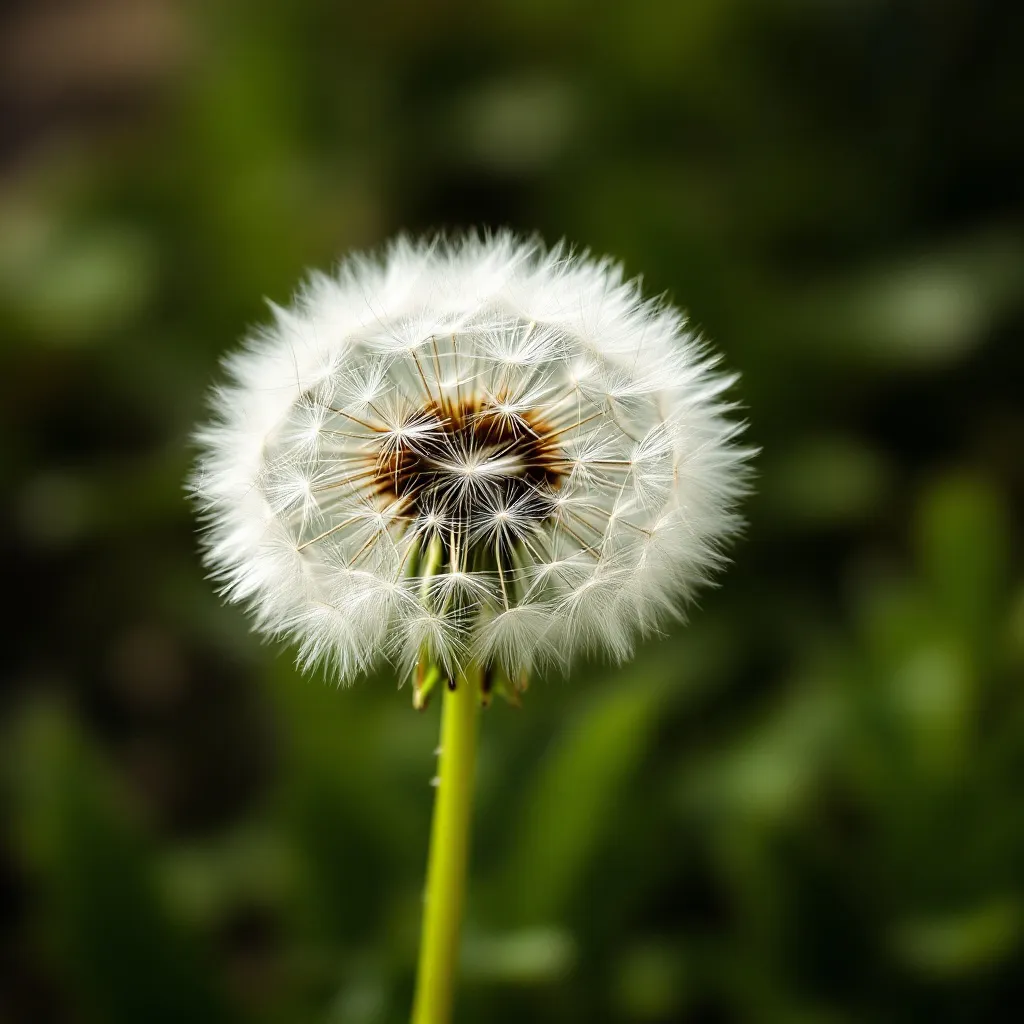
Dandelions, often seen as a nuisance in gardens and lawns, are resilient weeds that can quickly take over if not managed properly. While their bright yellow flowers may be charming, they can outcompete other plants for nutrients and space. This article will explore effective methods to eliminate dandelions and strategies to prevent their return.
Understanding Dandelions
Dandelions (Taraxacum officinale) are perennial weeds that thrive in various environments. They reproduce through seeds, which can be dispersed by the wind, and through their extensive root systems. A single dandelion plant can produce up to 15,000 seeds, making them incredibly difficult to control once established.
Effective Methods to Eliminate Dandelions
There are several methods to effectively remove dandelions from your lawn or garden. Here are some of the most common approaches:
- Manual Removal: Pulling dandelions by hand can be effective, especially when the soil is moist. Ensure you remove the entire root to prevent regrowth.
- Using a Dandelion Weeder: A dandelion weeder is a specialized tool designed to extract the entire plant, including the root. Insert the tool into the soil next to the dandelion, twist, and pull to remove the weed.
- Boiling Water: Pouring boiling water directly onto dandelions can kill them instantly. This method is best for small patches and should be used with caution to avoid harming surrounding plants.
- Vinegar Solution: A mixture of vinegar and water can be an effective natural herbicide. Use a solution of 1 part vinegar to 1 part water and spray directly onto the leaves of the dandelion.
- Herbicides: For larger infestations, chemical herbicides may be necessary. Look for products specifically designed to target broadleaf weeds. Always follow the manufacturer’s instructions and consider the environmental impact.
Preventing Dandelions from Returning
Once you have successfully removed dandelions, it’s crucial to implement preventive measures to keep them from coming back. Here are some effective strategies:
- Maintain Healthy Soil: Healthy soil promotes strong grass and plant growth, which can outcompete dandelions. Regularly aerate your lawn and add organic matter to improve soil health.
- Regular Mowing: Keeping your grass at a height of 2.5 to 3 inches can help shade out dandelion seedlings. Mow regularly to prevent dandelions from flowering and producing seeds.
- Overseeding: Overseeding your lawn with grass seed can help fill in bare spots where dandelions are likely to take root. Choose a grass type that is well-suited to your climate.
- Mulching: In garden beds, apply a layer of mulch to suppress weed growth. Organic mulches, such as wood chips or straw, can also improve soil quality as they decompose.
- Watering Wisely: Water your lawn deeply but infrequently to encourage deep root growth in grass, making it more competitive against weeds like dandelions.
Case Studies and Statistics
According to a study by the University of California, dandelions can reduce the overall health of a lawn by up to 30% if left unchecked. In a case study conducted in a suburban neighborhood, homeowners who implemented a combination of manual removal and regular lawn maintenance saw a 75% reduction in dandelion populations within one growing season.
Conclusion
Dandelions may be a common sight in many gardens and lawns, but with the right strategies, they can be effectively managed and prevented from returning. By understanding their growth patterns and employing a combination of removal techniques and preventive measures, you can maintain a healthy and vibrant outdoor space. Remember, consistency is key—regular maintenance and vigilance will go a long way in keeping your garden dandelion-free.












